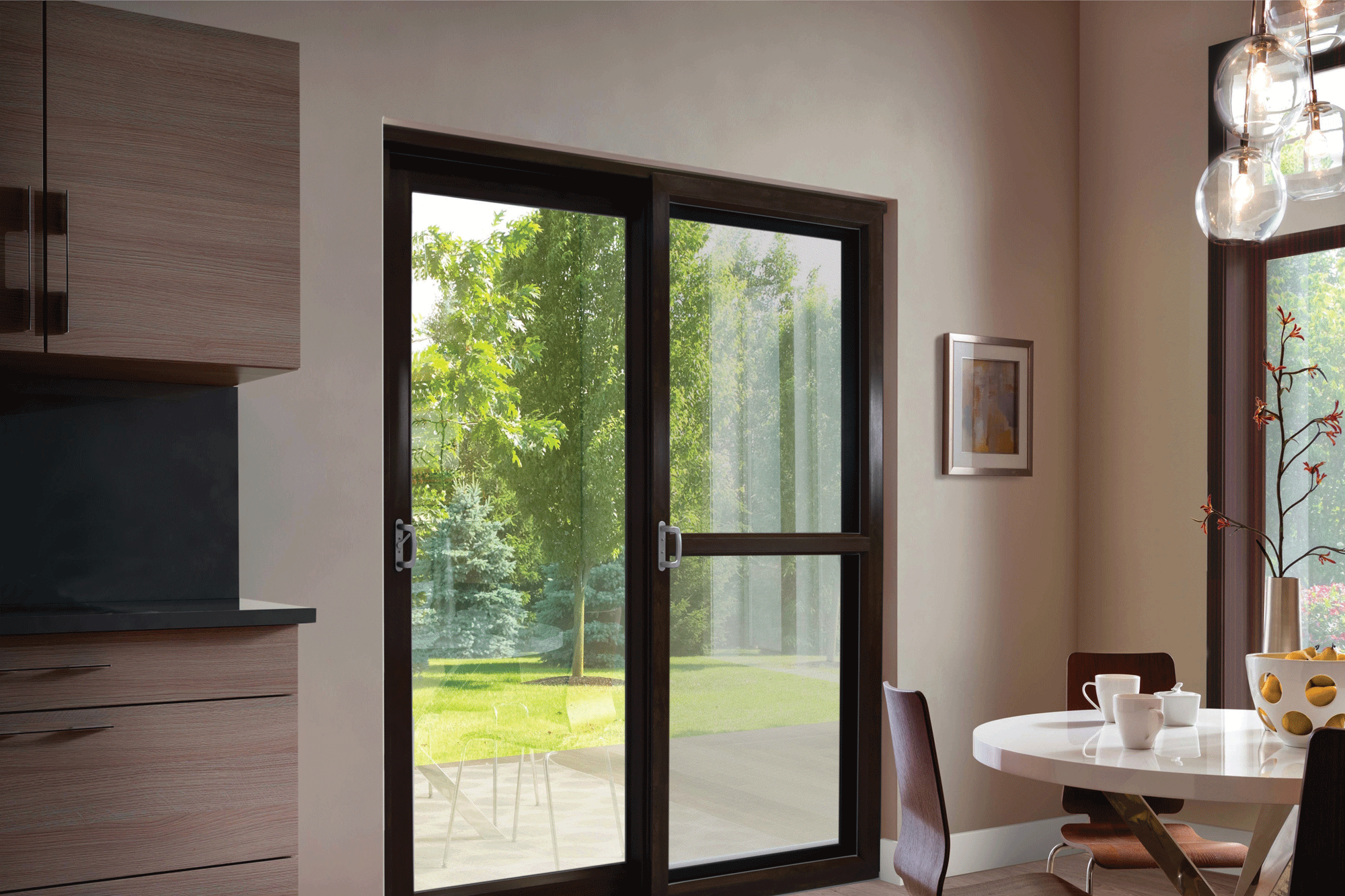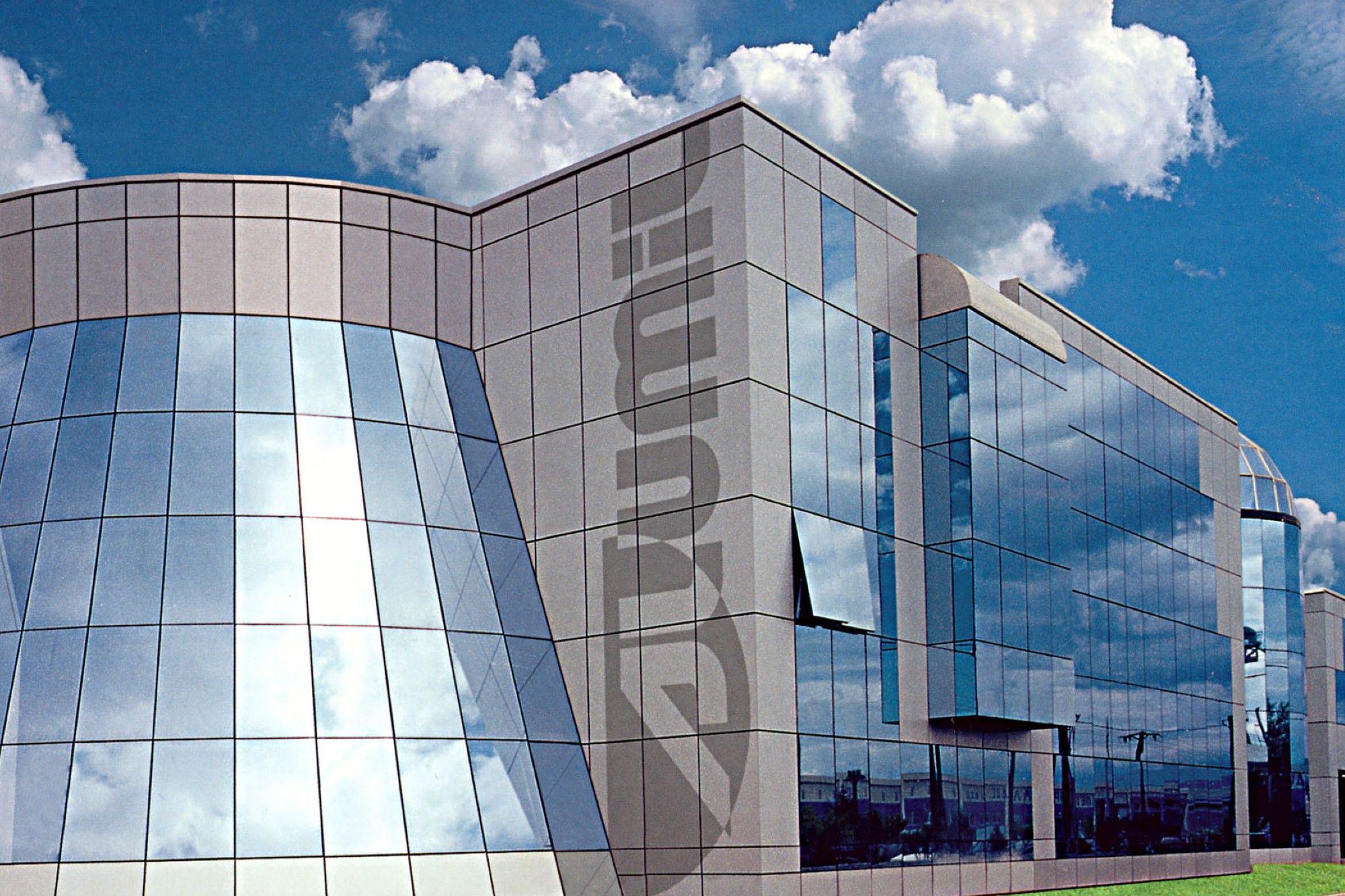Energy efficient, eco-friendly doors and windows
By Edit Team | August 14, 2019 10:30 am SHARE

Selective use of doors and windows can bring several benefits in terms of energy efficiency, environmental comfort and architectural quality of buildings.
Nowadays companies are more committed to provide world-class window and door systems to the Indian customers. However, the companies are more focussed to provide products which are not just the best in performance, but also safe and minimise the impact on the environment. Windows and doors are not only conformed to strictest of international standards such as, EN (European Norms), BS (British Standards), and LEED (Leadership in Energy Efficiency and Design) but also meet SHGC standards specified by IGBC (Indian Green Building Council).
Environmental impact of construction materials and practices
Certain products that deal with energy, are not inherently green but can be used in ways that enhance the environmental performance of a building. For instance, a dual-pane, low-E uPVC window may not be green in terms of its material components or manufacturing process all the time, but if used deliberately it can reduce energy use by maximising the collection of winter sunlight and blocking out the summer sun.
Building materials have multiple impacts on the environment, both positive and negative. One of the common ways to assess these impacts is through Life Cycle Assessment (LCA), that considers the entire range of a product’s environmental impacts, from resource extraction to manufacture and then through installation and ultimate disposal. This type of analysis allows comprehensive and multi-dimensional product comparisons.
S P Anchuri, Chief Consultant, Anchuri and Anchuri says the use of dynamic doors and windows can bring numerous benefits in terms of energy efficiency, environmental comfort and architectural quality of buildings. Static solutions with selective glass and fixed or mobile screens do not allow optimising solar gains and light conditions during the year, thus limiting the size of glazed components in the design phase.
Electro chromic systems also prove to be more convenient with respect to static systems, thanks to the significant reduction in energy consumption for artificial lighting and air conditioning during summer and winter, with respect to automated screen systems due to lower installation costs as absence of internal and external screening systems, the relative motion devices and the possibility to use lower power air conditioning systems and management. “Now is the time to promote research and application in the field of dynamic high-performance films to be used to retrofit existing windows and in the development of internal self-powering systems and built-in remote control via Wi-Fi for windows and doors,” adds Anchuri.
Prof. Charanjit S Shah, Founding Principal, Creative Group, opines that a well-insulated building is an important and cost-effective aspect of efficient heating, ventilating and artificial lighting. To live a comfortable living, buildings should be climate-responsive which, in today’s adverse changing climate, can be achieved by passive techniques, as well as hybrid approaches which also utilise mechanical cooling systems.
“The size and location of windows should be based on the cardinal directions rather than aesthetic purposes such as south-facing windows that allow most winter sunlight into the home but little direct sun during the summer, especially when properly shaded. North-facing windows admit relatively even natural light, producing little glare and almost no unwanted summer heat gain. East and west facing windows provide good daylight penetration in the morning and evening hours but also admit a lot of heat during the summer,” says Shah.
Avanish Singh Visen, CEO, Encraft India Pvt Ltd, says, “Day lighting design saves energies in many ways. The obvious one is lighting energy, which can represent a major portion of the total energy consumed by many buildings.” According to Visen, day lighting is of two types, viz. side lighting and top lighting. Side lighting products such as doors and windows face the horizon and top lighting products face the sky. Doors and windows provide daylight and solar energy along the perimeter of a building. Here, orientation with respect to the sun’s path is a critical factor. The overriding goal of any day lighting design is how well it uses the available light. However, uncontrolled daylight may result in excessive heat gain and potential discomfort. It is important to ensure that the fenestration is appropriately sized and located and that the correct glazing and accessories are selected. “Use the fenestration area wisely to help insure the energy benefits and balance the costs,” adds Visen.
Energy efficient windows
Mario Schmidt, Managing Director, Lingel Windows and Door Technologies Pvt Ltd, says that doors and windows act as barriers not allowing excess heat to enter in. At the same time they provide natural light to enter in and restrict the use of artificial lighting. “One may not be aware but energy efficient windows help in reducing the consumption of electricity at one’s home,” adds Schmidt. There are various factors that will determine how one can achieve this. One can ensure that there are no cracks or crevices because such openings increase the amount of energy loss. Windows and doors must have a gasket seal that ensures there is no air leakage.
Schmidt further adds that the kind of glass used will also make a difference. Usually, a major amount of energy loss takes place through single-glazed windows but if one uses the double glazed UPVC it reduces energy loss to an extent. These windows have thermal insulation and even without expensive special glass, these save energy loss. Smart glazing for windows is using the right kind of glass with the right quality of frame which increases the efficiency and is a vital element, because it provides light, security and helps in noise control. The options one can consider are tinted, low-e and double glazed. Also the right glazing can also let in light and enhance the view. Glazing surely helps in the efficiency when it comes to heat gain or heat loss. “Try to use fluorescent lights as they consume less electricity and won’t heat up the place. Ideally, we need to have natural shading at the window area that no direct sunlight can reach to the glass. Having that, we can use a transparent glass and during the day time, artificial lightning can be reduced, which will be saving cost and protect the environment,” says Schmidt. He further says that it’s important to find the balance between solar factor and light transmission for the best performance. Regular wood windows may not be able to fulfil the requirement but a UPVC window will be an ideal window to install as it will lower the heat dissipation effect and will not allow air leakage.
Prem Nath, Chief Executive Officer, Prem Nath and Associates, says, “Architecture is a very interesting field. The design of any structure needs to not only ensure that it is aesthetically well-balanced with the right amount of fenestrations given on the exterior façade and the effect of the same within the interior space. Thus, it is imperative that the doors and windows be planned efficiently, smartly, and aesthetically.”
Nath further adds that windows or glazing planned on the north face of the building shall ensure the best of glare-free north light all through the day, thereby saving on the artificial lighting (electrical) loads; while by providing the blank walls on the southern face the southern heat and glare is cut-out thereby saving a lot of HVAC load.
Doors with top ventilators ensure that optimum heat shall get ventilated out of the room, while the doors insulate the interiors from the external heat loads along with sound insulation. “The right kind of window size, door thickness, glazing being a DGU or a SGU, all these factors decide on the need of heating, cooling and artificial lighting,” says Nath.
Manish Bansal, Director & CEO, Window Magi India says that in a typical house, 30 per cent of hot and cold breeze escapes through windows and doors. The main reason behind this is air leakage, conduction and convection currents. Installing windows and doors having thermal insulation property can minimise the need of heating, cooling and artificial lighting, while also being energy efficient. These benefits can be availed by choosing the combination of window glaze, insulated frames, multiple panes and tightly sealed edges.
Roopesh Gupta, MD & CEO, P3 Architectural Solutions, says, “An energy-efficient window is customarily defined as one that minimises the amount of energy needed to heat or cool your home by creating an insulating layer with minimal heat leakage. This is achieved through a number of different components working together to provide thermal protection, to guard against both heat loss and heat gain.”
Installing windows and doors having thermal insulation property can minimise the need of heating, cooling and artificial lighting, while also being energy efficient.
Manish Bansal, Director & CEO, Window Magi India
One may not be aware but energy efficient windows help in reducing the consumption of electricity at one’s home.
Mario Schmidt, Managing Director, Lingel Windows and Door Technologies Pvt Ltd
An energy-efficient window is customarily defined as one that minimises the amount of energy needed to heat or cool your home.
Roopesh Gupta, MD & CEO, P3 Architectural Solutions
Day lighting design saves energies in many ways. The obvious one is lighting energy, which can represent a major portion of the total energy consumed by many buildings.
Avanish Singh Visen, CEO, Encraft India Pvt Ltd
Cookie Consent
We use cookies to personalize your experience. By continuing to visit this website you agree to our Terms & Conditions, Privacy Policy and Cookie Policy.






































-20240213125207.png)

























